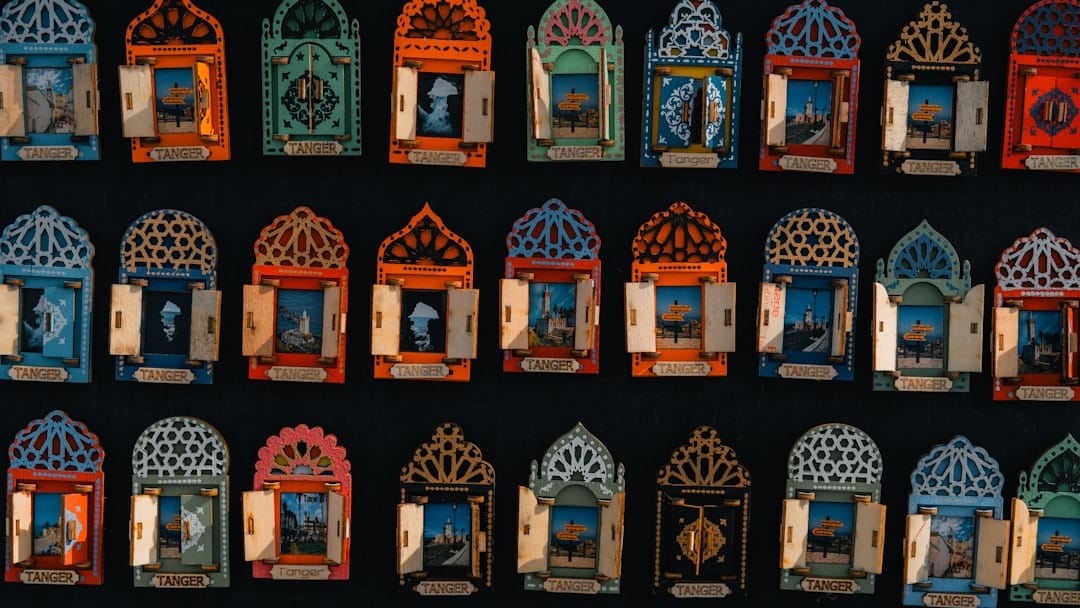Bedtime is one of the most intimate moments between parent and child. When the lights dim, voices soften, and the heart opens, it becomes the perfect time to plant seeds of iman (faith) through Quranic storytelling. Bedtime Quran Stories for Kids: 30 Islamic Tales with Moral Lessons is more than a collection of charming narratives—it is a carefully curated journey through the Qur’an that nurtures character, instills values, and strengthens the bond between young believers and their Creator. This article explores every dimension of this resource, from the theological underpinnings to the practical ways parents and teachers can weave these stories into nightly routines.
Understanding Bedtime Quran Stories for Kids
What Makes a Story “Quranic”?
A Quranic story is not merely a tale that mentions Allah or His prophets; it is a narrative whose core facts are drawn directly from the Qur’an or rigorously authenticated hadith. The 30 tales in this bedtime series are selected from:
- Stories of the Prophets (Qasas al-Anbiyā’)
- Parables cited in the Qur’an (e.g., the People of the Garden, the Spider’s Web)
- Accounts of righteous companions and historical events with Qur’anic backing
The language is simplified for children aged 4–10, yet the moral essence remains intact, ensuring age-appropriateness without theological dilution.
The Power of Bedtime Storytelling in Islamic Pedagogy
Islamic scholars like Imam Al-Ghazali emphasized storytelling as tarbiyah (spiritual nurturing). At bedtime:
- A child’s subconscious is most receptive.
- The parent’s voice becomes a channel of rahmah (mercy).
- Repetition over 30 nights forms a mini-habit loop, anchoring both story and moral.
Key Components of the 30-Tale Collection
Structural Overview
Each of the 30 stories follows a uniform, child-friendly structure:
| Component | Description |
|---|---|
| Story Title | Short, memorable, and often a Qur’anic phrase |
| Qur’anic Source | Surah & verse references for parental verification |
| Narrative (150-250 words) | Simple past-tense prose with vivid sensory details |
| Moral Highlight | A single virtue in bold (e.g., Patience) |
| Reflection Question | Open-ended prompt to spark dialogue |
| Du’a (Supplication) | Short Arabic du’a with transliteration & translation |
Sample Story Map (Night 7: “The Boy and the King”)
Qur’anic Source: Sūrah al-Burūj 85:4-8
Moral: Bravery in faith
Plot Snapshot: A young boy with no powerful tribe stands against a tyrant king. Allah protects him with a miraculous shield of earth.
Reflection Question: “When was the last time you stood up for what’s right, even if you were scared?”
Du’a: Allāhumma jaʿalnā mina-ṣ-ṣābirī – “O Allah, make us among the patient.”
Thematic Flow Across 30 Nights
- Week 1: Tawḥīd & Trust – Stories of Prophets Nūḥ, Ibrāhīm, and Ismāʿīl.
- Week 2: Character Building – Yūsuf’s forgiveness, Mūsā’s courage, Dhul-Qarnayn’s justice.
- Week 3: Gratitude & Humility – The People of the Garden, Saba’s queen, Maryam’s reliance.
- Week 4: Community & Compassion – The boy who served his mother, the generous camel, the spider that saved the Prophet ﷺ.
Benefits and Importance
Cognitive & Spiritual Advantages
- Neuroplasticity & Repetition: Hearing virtue-laden stories nightly for a lunar month wires the developing brain to associate Islamic values with comfort and love.
- Language Acquisition: Arabic terms like sabr, taqwā, and raḥmah enter the child’s active vocabulary.
- Identity Formation: Children internalize “I belong to a legacy of prophets and righteous people.”
Parent-Child Bonding
Modern parenting research confirms that shared narrative experiences release oxytocin in both adult and child. When the story is Quranic, the bond transcends the emotional and becomes spiritual kinship.
Long-Term Ethical Framework
By age seven, a child has formed the moral scaffolding that will guide adolescence. These 30 stories lay bricks of:
- Justice through the example of Prophet Dāwūd
- Responsibility via Hājar’s search for water
- Hope after every trial—Yūnus in the belly of the whale
Practical Applications
Creating a Night-Time Ritual
Step-by-Step Guide
- Preparation (5 min): Dim lights, sit on the child’s right side (sunnah), play soft Qur’anic recitation in the background.
- Intention (niyyah) Together: Say, “Tonight we learn from Prophet Ṣāliḥ and the camel. We ask Allah to teach us kindness to animals.”
- Story Mode: Read slowly, modulate voice for characters, use gestures.
- Pause & Ask: After every pivotal scene, ask, “How would you feel?”
- Close with Du’a: Let the child repeat the du’a after you, sealing the lesson.
Adapting for Different Ages
| Age Group | Adaptation | Example |
|---|---|---|
| 4-5 years | Use picture cards, limit to 100-word version. | Show a coloring page of the ark with animals for Prophet Nūḥ. |
| 6-8 years | Encourage role-play; assign parts. | Child acts as the ant warning Prophet Sulaymā’s army. |
| 9-10 years | Introduce Arabic keywords and map geography. | Locate Madyan on a map when telling Prophet Shuʿayb’s story. |
Integrating with School Curricula
Islamic weekend schools can use Week 1 stories to open Monday classes, reinforcing the virtue of trust in Allah before math or science. Teachers may:
- Create story journals where pupils draw the scene and write the moral.
- Host a “Quranic Heroes Assembly” where students dramatize their favorite story.
Digital Enhancements
While nothing replaces the warmth of a parent’s voice, carefully chosen audio dramatizations (with no music) can support the book. Apps like Muslim Kids TV offer Quranic story playlists that align night-by-night with the 30-tale schedule.
Frequently Asked Questions
What is the ideal age range for these 30 stories?
The language and length are optimized for ages 4–10, but older siblings often enjoy “guest narrating,” reinforcing their own understanding. Parents can scaffold—simpler wording for younger kids, deeper discussion for older ones in the same session.
How can non-Arabic speaking parents use Arabic du’as accurately?
Each du’a page includes transliteration (e.g., Al-laahum-ma) and a phonetic syllable break. A QR code links to a slow, tajweed-correct recitation by a child reciter, making mimicry easy. Consistent nightly use helps parents learn alongside their children.
Are the stories gender-inclusive?
Yes. While maintaining Qur’anic accuracy, the collection highlights female role models such as:
- Queen of Saba’s wise leadership.
- Āsiyah’s defiance against Pharaoh.
- Maryam’s devotion and miraculous provision.
Reflection questions deliberately alternate between “she” and “he” to ensure every child sees themselves in the narrative.
Can the series be used during Ramadan?
Absolutely. The 30-day structure aligns perfectly with Ramadan nights. Families often read right after ṭarāwīḥ, using the du’a as a segue into personal nightly prayers. Some parents pair each story’s virtue with the day’s fasting reflection (e.g., Night 14’s gratitude story after breaking fast).
How do we handle scary elements (e.g., the elephant army in Surah al-Fīl)?
The text is framed to emphasize Allah’s protection rather than fear. For sensitive children, narrators can skip graphic details and zoom in on the birds dropping clay stones as a miraculous rescue. Follow-up questions focus on how Allah cares for His House, diffusing anxiety.
Is there a companion workbook or activity pack?
Yes. A downloadable 30-page activity bundle (free with book purchase) includes:
- Coloring pages matching each night.
- Word searches for Arabic virtues.
- Weekly virtue tracker—children place a crescent sticker when they practice the nightly moral.
What if my child asks a theological question I can’t answer?
Honor the curiosity. Say, “That’s a beautiful question. Let’s find the answer together after Fajr.” Model lifelong learning by consulting a trusted scholar or tafsīr app. The storybook’s appendix lists child-friendly resources for deeper study.
Conclusion
Bedtime Quran Stories for Kids: 30 Islamic Tales with Moral Lessons is not a one-time read but a spiritual investment that compounds nightly. Over 30 lunar nights


Post Comment